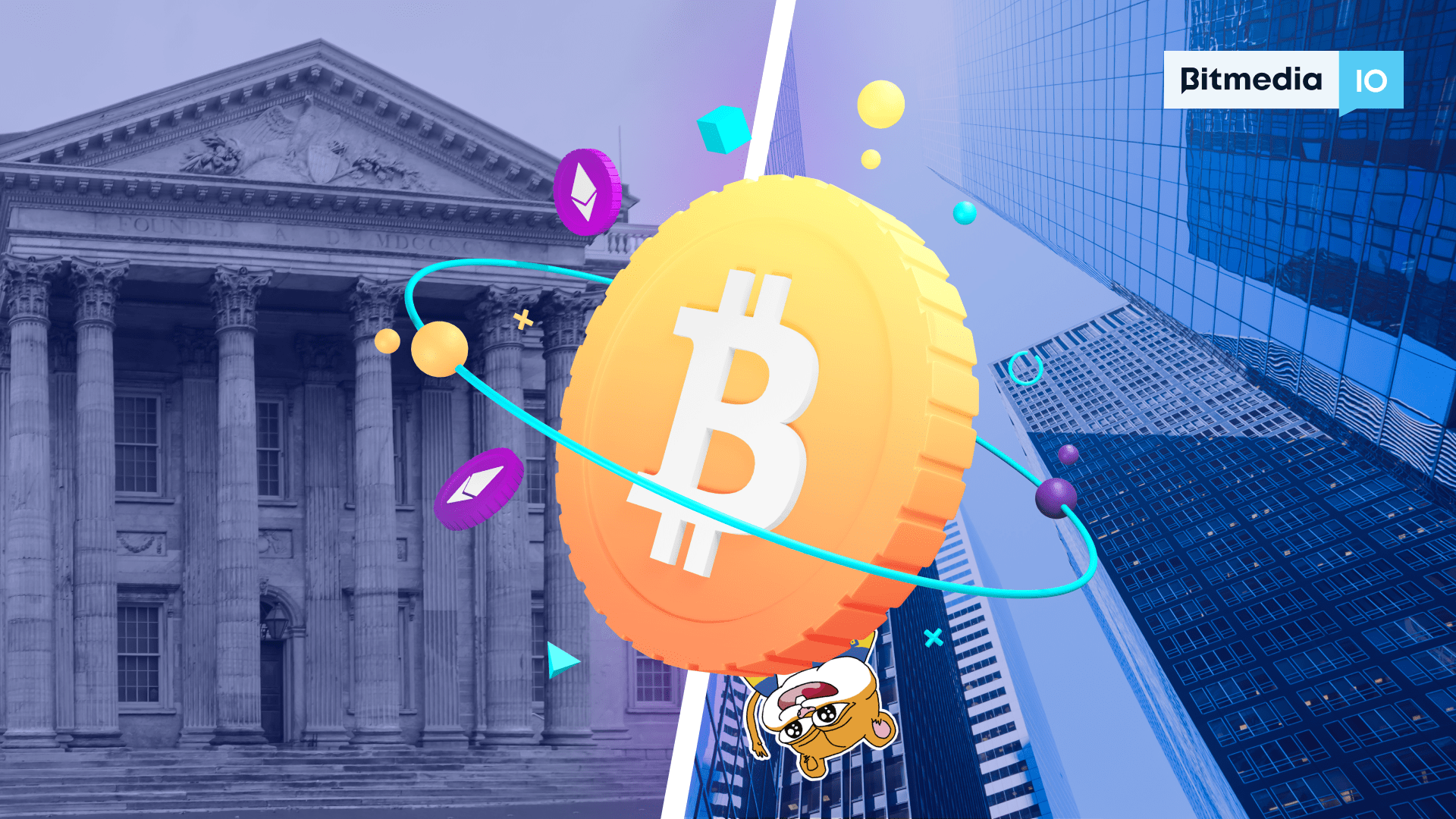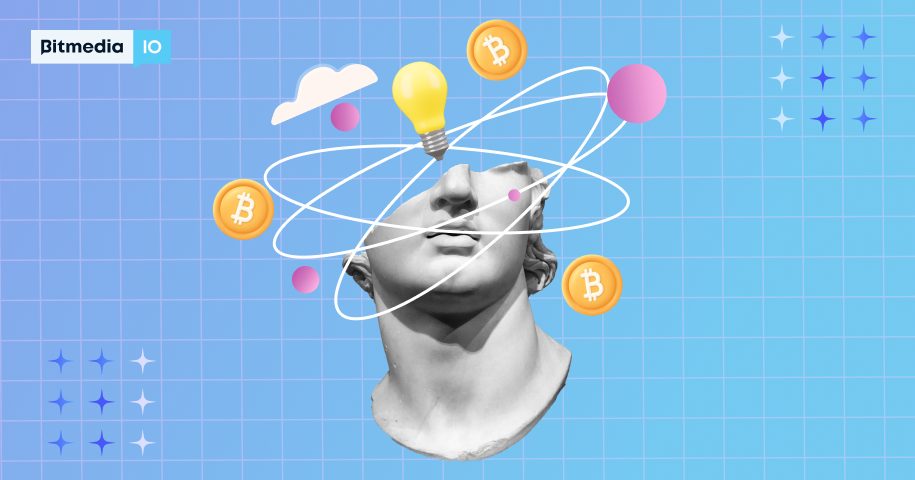Decentralization: Understanding the Idea that Empowers Cryptocurrency

Cryptocurrencies have emerged as a disruptive force in the financial ecosystem, revolutionizing traditional notions of currency and finance. These are the big words you have possibly encountered before in your journey of understanding crypto. Let’s go deeper this time and explore them thoroughly, from the roots and benefits of crypto to its relations with decentralization and the concerns surrounding it.
What are cryptocurrencies?
Again, the definition alone will not do anymore good for your understanding of cryptocurrencies. We must go deeper, explore the idea behind them rather than focusing on the book definitions. But for starters, here it is: Cryptocurrencies are virtual currencies that are created using cryptographic techniques and do not require centralized institutions. All cryptocurrency transactions are recorded and validated in decentralized digital ledgers called blockchains. But why? Because decentralization is the essence of crypto.
The global cryptocurrency market cap today is $1.11 Trillion. At its peak in November 2021, the market cap reached nearly $3 Trillion. For reference, this amount is equal to France’s nominal GDP in 2021.
What is decentralization?
At the core of crypto lies the revolutionary concept of decentralization, which challenges the centralized systems that have long governed our economic landscape. To grasp the significance of decentralization in cryptocurrency, we must first understand the fundamental concept of cryptocurrency itself.
Decentralization is a world where power and authority are distributed across a network rather than concentrated in the hands of a few centralized entities, such as banks. Is this a bad thing, you might ask? We have solid arguments that it is.
Decentralization embodies the vision of a democratized financial ecosystem, where individuals have greater control over their own funds and transactions, and trust is established through consensus mechanisms rather than intermediaries. The consensus in question here is reached by thousands, or even millions of individuals rather than the board of a bank or a council of government officaials.
Historical Perspective of Decentralization
Throughout history, the pursuit of decentralization has been driven by the desire for greater autonomy and control. It finds its roots in various social, political, and technological contexts. One of the earliest examples of decentralization can be traced back to ancient civilizations. In ancient Greece, the city-states such as Athens, Sparta, and Corinth operated as autonomous entities with their own governments, laws, and systems of governance. Each city-state had its own unique identity and exercised a degree of self-governance, making decisions that directly impacted the lives of its citizens. This decentralized structure allowed for local control and decision-making, enabling each city-state to shape its own destiny.
In the modern era, the concept of decentralization gained momentum with the advent of the internet. The visionaries of the early internet era sought to create a decentralized network that would empower individuals and promote free exchange of information. This vision materialized through the creation of protocols such as TCP/IP and HTTP, which formed the backbone of the internet, enabling decentralized communication and access to information.
The emergence of peer-to-peer (P2P) file-sharing systems, such as Napster and BitTorrent, further exemplified the potential of decentralized networks. These platforms facilitated direct sharing of files between users, bypassing the need for centralized servers. Although these early experiments faced legal challenges, they laid the groundwork for the decentralized principles that would later shape the development of cryptocurrencies.
Modern Understanding of Decentralization
In the present-day context, decentralization has evolved into a multifaceted concept with implications across various fields. It encompasses principles of transparency, autonomy, and resilience, challenging the concentration of power in centralized entities. Decentralization is no longer limited to governance or technology; it has permeated domains such as finance, healthcare, supply chains, and more.
1. Finance: Decentralization in finance disrupts the traditional banking system by enabling peer-to-peer transactions and removing the need for intermediaries.
- Governance: Decentralized governance models allow for more inclusive decision-making processes, giving stakeholders a voice in shaping policies and initiatives.
- Technology: Decentralization in technology promotes data privacy and security. By distributing data across a network, it reduces the vulnerability to single points of failure and enhances resilience against cyber-attacks.
- Supply Chain: Decentralized supply chain management enhances transparency and traceability.
How Decentralization Applies to Cryptocurrency
Moving on to our main discussion, in the realm of cryptocurrency, decentralization is a foundational principle that distinguishes it from traditional financial systems. As mentioned, cryptocurrencies operate on decentralized networks called blockchains, where transactions are recorded and validated by a distributed network of participants known as nodes.
These nodes play a crucial role in maintaining the integrity and security of the cryptocurrency network. Each node possesses a copy of the blockchain and participates in the validation of transactions. Through consensus mechanisms, nodes collectively agree on the validity of transactions and the order in which they are added to the blockchain.
These concepts will solidify as we go deeper. For now, let’s leave it at that and go back in time, to 2009, then crypto was born.
The Birth of Cryptocurrency and Blockchain
The emergence of cryptocurrency can be traced back to the introduction of Bitcoin in 2009 by an anonymous person or group known as Satoshi Nakamoto. Bitcoin revolutionized the financial landscape by introducing a decentralized digital currency that operated on a peer-to-peer network.
Bitcoin paved the way for the development of numerous altcoins, alternative cryptocurrencies that followed in its footsteps. These altcoins sought to address certain limitations of Bitcoin and explore new possibilities in the cryptocurrency space. Examples of notable altcoins include Ethereum, Litecoin, Ripple, and many others.
Introduction to Blockchain Technology
At the core of cryptocurrency lies blockchain technology. A blockchain is a decentralized and distributed digital ledger that records transactions across multiple computers or nodes. It serves as a transparent and immutable record of all transactions, ensuring security and trust within the cryptocurrency ecosystem.
Blockchain operates through a consensus mechanism, where network participants validate and confirm transactions. This consensus mechanism can vary, with some cryptocurrencies utilizing proof-of-work, while others employ proof-of-stake or other consensus algorithms. For example:
● Proof-of-work is exemplified by Bitcoin, where miners compete to solve complex mathematical puzzles to validate transactions and secure the network.
● Proof-of-stake is implemented in cryptocurrencies like Cardano, where validators are chosen to create new blocks based on their stake in the network, promoting energy efficiency and scalability.
● Other consensus mechanisms, such as delegated proof-of-stake, are employed by cryptocurrencies like EOS, where a small number of elected nodes are responsible for block validation and network governance.


